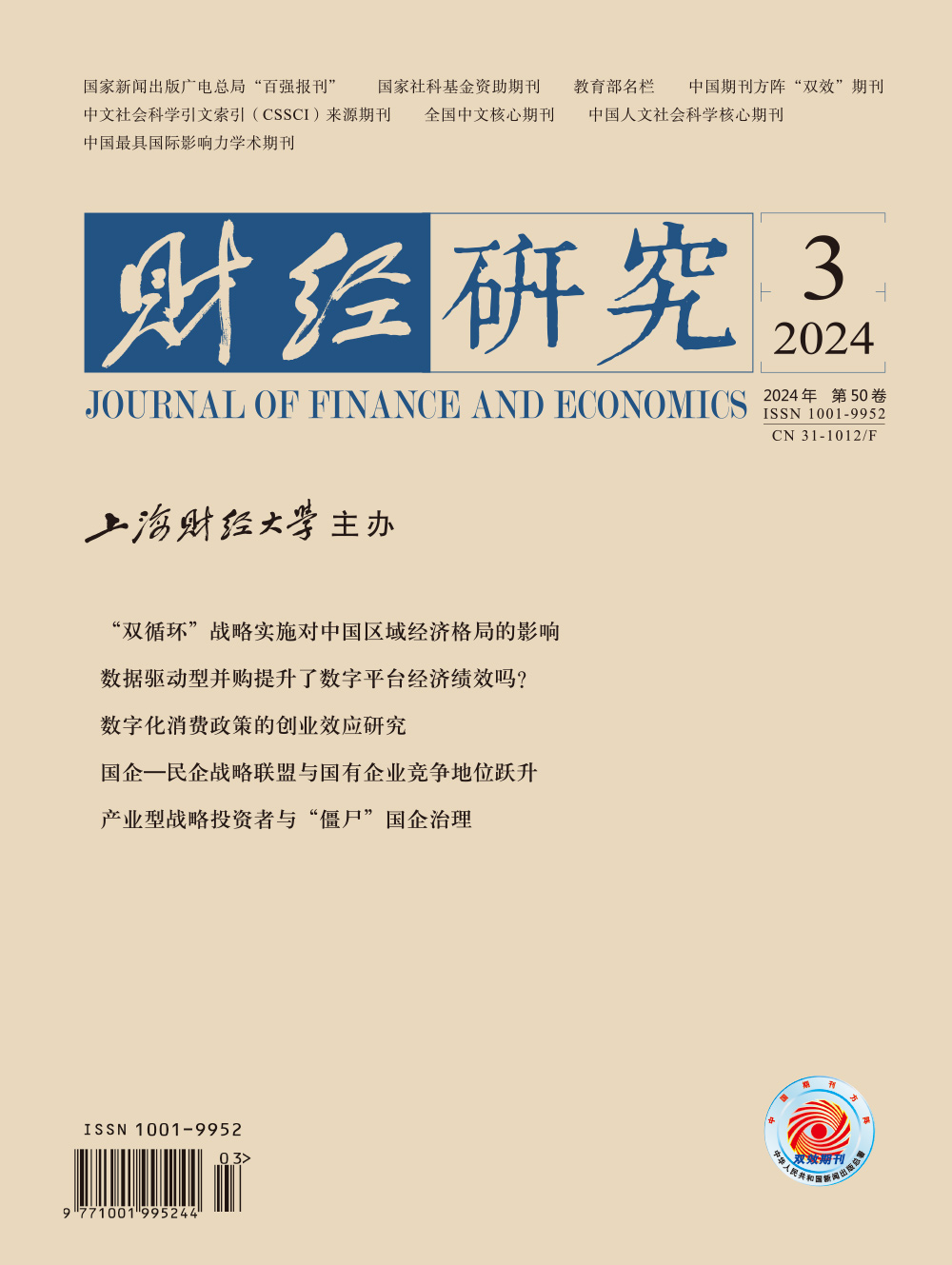Relying on the Golden Tax III, the tax authority has not only broadened the channels of information acquisition and analysis by using digital technologies, but also enhanced their tax collection capacity and compressed the space for tax avoidance by enterprises. However, the problem of corporate tax avoidance is difficult to eradicate due to the constraints of the traditional market environment and the lack of digital governance capabilities. Therefore, the Chinese government has emphasized accelerating new digital infrastructure construction to lead the development of the digital economy. However, the role of new digital infrastructure construction in tax collection is unclear.
This paper empirically tests the impact of new digital infrastructure construction on corporate tax avoidance using the texts of new digital infrastructure construction policy from 2011 to 2020. The results show that the policy reduces the degree of corporate tax avoidance, and the robustness of the results is verified through the DID model based on the “Broadband China” strategy. Mechanism testing finds that the policy promotes the development of the digital economy, alleviates the information asymmetry between governments and enterprises, promotes the digital transformation of government services, and suppresses financial manipulation behavior, thereby improving corporate tax compliance. Heterogeneity analysis shows that the tax deterrence effect of the policy is more significant in areas with a high degree of tax collection, and enterprises with a high level of media attention and digitization.
The marginal contributions of this paper are reflected in the following aspects: First, it takes the policy of digital new infrastructure construction as the starting point to discuss the role played by local governments in the context of the digital economy, expanding the research framework on corporate tax avoidance. Second, compared with the existing research, the indicators measured in this paper are more comprehensive, reflecting not only the construction of new digital infrastructure but also local governments’ attention on new digital infrastructure, further enriching the identification strategies for new digital infrastructure. Third, it explains the mechanism of digital new infrastructure construction policy on corporate tax avoidance, providing a new perspective for understanding the role of local governments in tax collection, and also providing important empirical support and decision-making basis for promoting the modernization of the national governance system and governance capacity.





 4382
4382  7923
7923

